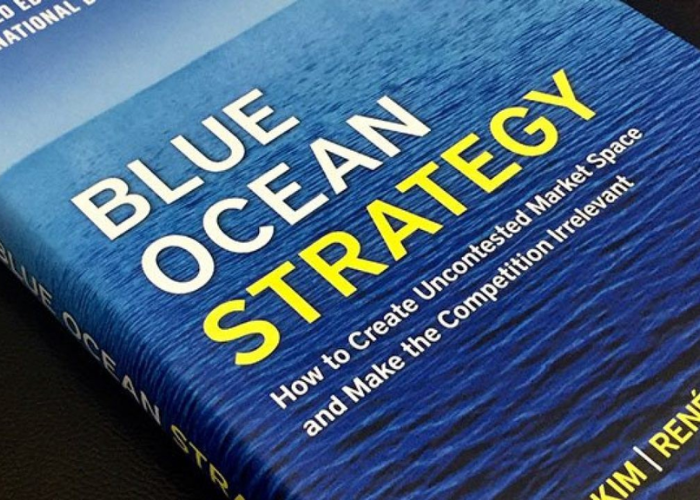
Blue Ocean Strategy is a business strategy developed by W. Chan Kim and Renée Mauborgne of the INSEAD business school in 2005. It is based on the idea of creating and capturing uncontested market space and making the competition irrelevant. The strategy is based on the principle of creating new demand in an uncontested market space, which makes the competition irrelevant. It is a powerful tool for organizations to gain a competitive advantage and create sustainable profits and growth.
What is the Blue Ocean Strategy?
Blue Ocean Strategy is a market-creating business strategy developed by W. Chan Kim and Renée Mauborgne of the INSEAD business school in 2005. It is based on the idea of creating and capturing uncontested market space and making the competition irrelevant. The strategy involves creating a new market, not competing in an existing one. To create a blue ocean, companies must create products or services that are differentiated from their competitors and that offer greater value to customers. By offering the customers something new, companies can gain an edge over their competition.
Key Principles of Blue Ocean Strategy
The key principles of the Blue Ocean Strategy are:
- 1. Focus on creating new demand in an uncontested market space.
- 2. Find and focus on customers with unmet needs.
- 3. Embrace non-customers and explore new market possibilities.
- 4. Create value innovation by combining existing products and services in new ways.
- 5. Increase customer value and reduce costs simultaneously.
- 6. Leverage strategic alliances and partnerships.
How to Create Uncontested Market Space
The first step in creating an uncontested market space is to identify and focus on customers with unmet needs. Companies should do market research to identify customer needs that are not being met by existing products and services, and then focus on creating products or services that meet these needs. Companies should also look for ways to combine existing products and services in new ways that offer greater value to customers. Finally, companies should leverage strategic alliances and partnerships to create new market possibilities.
Making the Competition Irrelevant
Once an uncontested market space has been created, the competition becomes irrelevant. Companies should focus on creating value for their customers and making sure their products and services are superior to those offered by their competitors. Companies should also focus on creating a sustainable competitive advantage by creating innovative products and services and leveraging strategic alliances and partnerships.
Case Studies
One example of a company that has successfully used the Blue Ocean strategy is Apple. Apple was able to create an uncontested market space in the music industry by creating the iPod and the iTunes store. By offering customers a new way to purchase and listen to music, Apple was able to make the competition irrelevant. Another example of a company that has used the Blue Ocean strategy successfully is Netflix. Netflix was able to create an uncontested market space in the home entertainment industry by offering customers a new way to watch movies and TV shows.
Benefits of Using Blue Ocean Strategies
Blue Ocean Strategy can provide companies with a number of benefits, including increased market share, greater customer loyalty, higher profits, and sustainable competitive advantage. By creating an uncontested market space and making the competition irrelevant, companies can gain a competitive edge and increase their profits. Additionally, companies can focus on creating value for their customers, which can lead to increased customer loyalty.
Challenges Faced in Applying the Blue Ocean Strategy
Applying the Blue Ocean strategy can be challenging. Companies must be willing to take risks and invest time and resources in order to create an uncontested market space and make the competition irrelevant. Additionally, companies must be able to identify customer needs that are not being met by existing products and services and create new products and services that meet those needs. Finally, companies must be willing to leverage strategic alliances and partnerships in order to create new markets and opportunities.
Conclusion
Blue Ocean Strategy is a powerful tool for companies to gain a competitive edge and create sustainable profits and growth. By creating an uncontested market space and making the competition irrelevant, companies can gain an advantage over their competitors. Additionally, companies can focus on creating value for their customers and increasing customer loyalty. However, applying the Blue Ocean strategy can be challenging and requires companies to take risks and invest resources in order to be successful.




